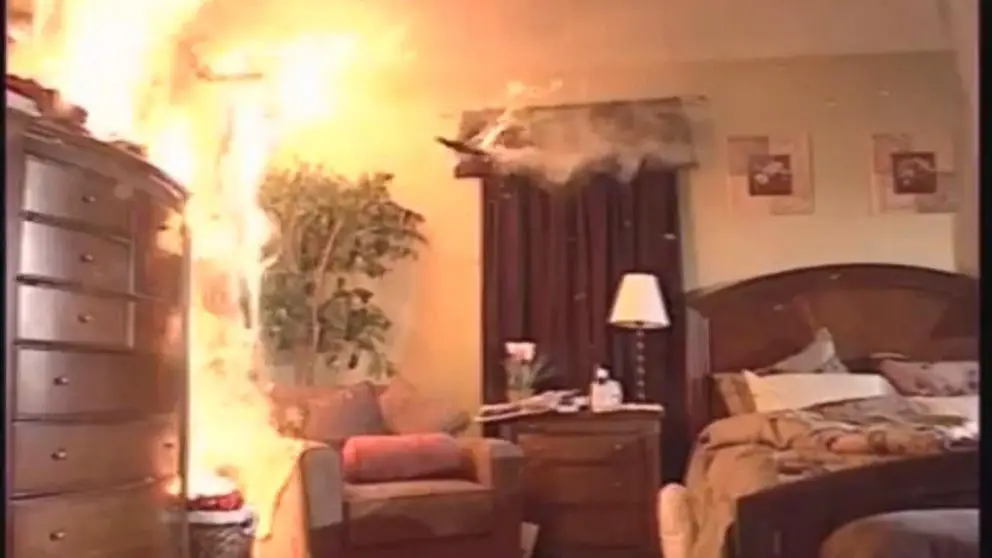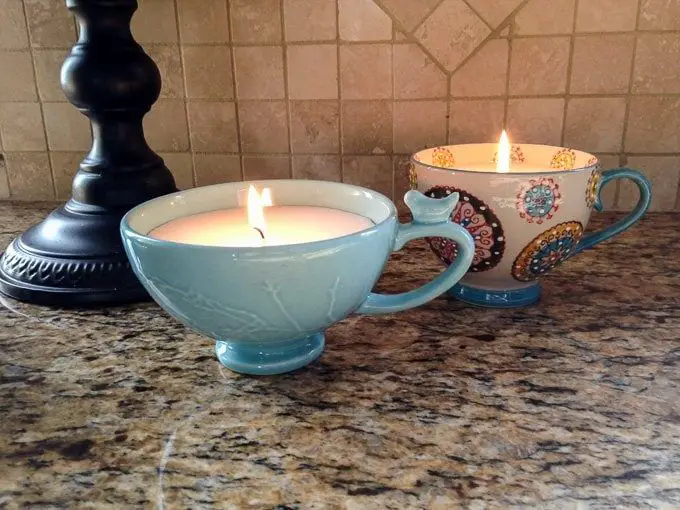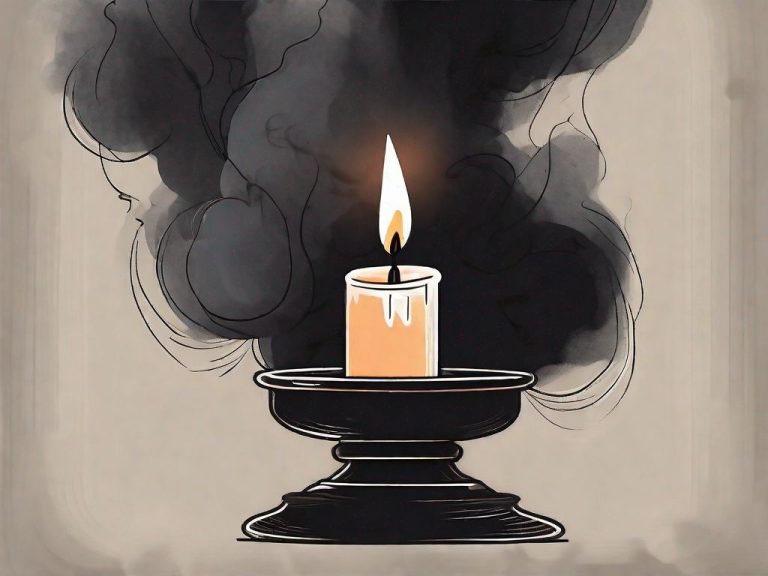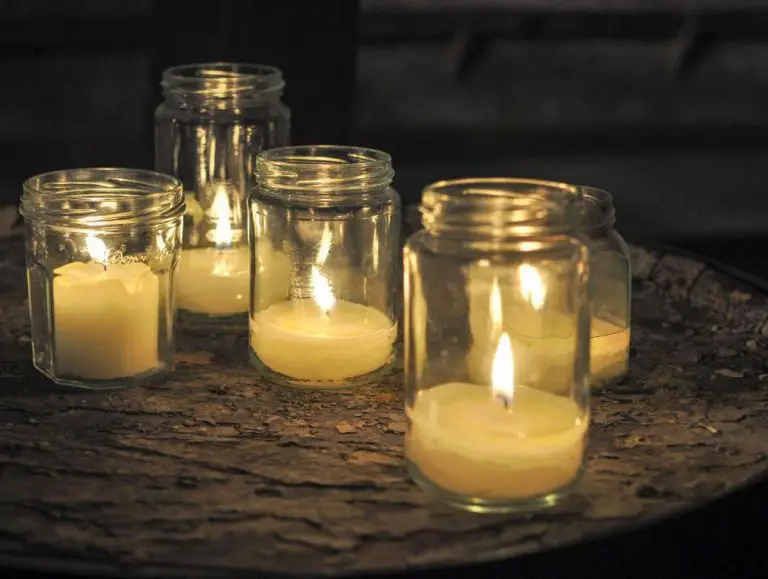Is It Ok To Leave A Candle Unattended?
The Allure and Hazards of Candle Use
Candles create a warm, cozy ambiance and delightful scents that many find irresistible. Their flickering flames provide a hypnotic glow that can instantly transform any space. With over 1 billion pounds of wax used annually to produce candles in the U.S. alone, it’s clear these beloved items occupy a special place in many homes.
Yet as relaxing as candlelight may be, it’s critical to understand the fire risks involved. When used improperly, candles can lead to devastating burns, property damage, and even loss of life. This leads to an important question every candle lover should consider:
Is it safe to leave a candle unattended?
Fire Risks
Leaving a candle unattended can easily lead to a fire if the flame ignites nearby flammable materials. According to the U.S. Fire Administration, candles were the cause of an estimated 7,410 reported home fires per year between 2011 and 2015, resulting in 86 deaths, 749 injuries, and $298 million in property damage annually. The National Fire Protection Association (NFPA) reports that over one-third of candle fires (36%) started in the bedroom. Furthermore, the NFPA states that 15% of candle fire deaths and 18% of candle fire injuries occurred when the victims were sleeping, indicating candles were left burning unattended (https://www.nfpa.org/education-and-research/home-fire-safety/candles).
The majority of residential candle fires start when combustibles like furniture, mattresses, bedding, curtains or decorations are too close to the candle flame. The Illinois State Fire Marshal reports that almost three of every five (58%) candle fires began this way, emphasizing the danger of leaving burning candles unattended near flammable items or materials (https://sfm.illinois.gov/content/dam/soi/en/web/sfm/about/divisions/arson/yfsip/documents/candlefactsheet.pdf).
Safety Guidelines
When using candles, it is crucial to follow basic safety guidelines to prevent fires. According to the National Candle Association, you should keep burning candles at least 12 inches away from anything flammable, including curtains, furniture, bedding, paper, flammable decorations, etc. It is also recommended to burn candles in sturdy fire-resistant holders that will not tip over easily. The holder should be big enough to collect dripping wax.
Never leave a burning candle unattended. According to the National Fire Protection Association, you should blow out candles when you leave a room or go to sleep. Pets and small children should not be left alone with lit candles, as they may accidentally knock them over. It is best to keep candles up high, out of reach of kids and pets.
Take extra care when burning candles near frequently opened doors or windows, as drafts can cause rapid, uneven burning and dripping. Trim wicks to 1⁄4 inch before lighting to avoid high flames and excessive smoking. Always burn candles in a well-ventilated room.
Alternatives
If you want the ambiance of a candle without the risk of leaving it unattended, there are some great flameless alternatives available. Luminara (https://luminara.com/) makes beautiful flameless candles that use patented technology to mimic the flickering glow and movement of a real candle flame. They offer a range of styles, from simple votives to elaborate candelabras, that can provide the perfect decorative accent or mood lighting without being a fire hazard.
Battery-operated flameless candles are another option that let you enjoy realistic candlelight safely. Brands like Luminara sell flameless candles with built-in batteries and timers so the “flame” turns on automatically at dusk and off at dawn (https://www.amazon.com/Luminara-Nightlight-Technology-Peacefully-Automatically/dp/B0882MD677). This allows you to set up attractive candle displays that don’t need to be constantly monitored.
If you want a high-tech take on candlelight, there are also smart candles available that connect to home automation systems and can be controlled remotely via app. With these, you can program the candles to turn on and off at set times or control them on the go.
The bottom line is there are now many ways to enjoy candlelight ambiance safely using flameless and smart options. These eliminate the risks of leaving traditional candles unattended while still letting you create a warm, welcoming glow.
Proper Candle Use
Using real candles safely requires care and attention. According to Fire Safety & Candles, you should never leave a burning candle unattended. It’s important to watch candles continuously to make sure nothing catches fire. The FM Global article recommends trimming wicks to 1⁄4 inch before lighting to avoid high flames and soot buildup. Use long matches or lighters when lighting candles so your hands and fingers stay far from the flame. Extinguish candles when they get to within two inches of the holder or after burning for two hours. Don’t move candles once they are lit.
Leaving candles burning too long or unattended is extremely dangerous. The wax can melt completely, allowing the wick and holder to overheat. This can start a fire that quickly spreads. It’s critical to extinguish candles before leaving a room. Don’t burn candles longer than the manufacturer recommends, usually no more than 4 hours. Stay in the same room and check on candles frequently if burning for an extended time. Avoid falling asleep with candles lit.
Extinguishing
When you are ready to extinguish a candle’s flame, it is important not to blow it out. Blowing out a candle can spread hot wax particles into the air and leave smoke that contains unburned fuel (“The Best Way to Blow Out a Candle,” thecut.com).
Instead, the proper technique is to use a candle snuffer or a wick dipper. These tools allow you to extinguish the flame without blowing. A candle snuffer looks like a small metal bell that you place over the flame to deprive it of oxygen. A wick dipper is usually made of metal with a small cup on the end; you dip the wick into the melted wax to put it out (“The Best Way to Blow Out a Candle,” thecut.com).
You can also use a spoon to gently press the wick into the melted wax to extinguish the flame. The key is to avoid blowing, which spreads particles into the air.
Unattended Risk Examples
Leaving candles unattended can lead to devastating fires, as evident in real stories. For example, in January 2024, an unattended candle likely caused a house fire in St. Paul, Minnesota that led to the deaths of four children (source: https://www.cbsnews.com/minnesota/news/unattended-candle-likely-caused-st-paul-fire-that-led-to-deaths-of-4-children-officials-say/). The fire began on the second floor before spreading rapidly throughout the home. Another incident occurred in December 2023 in Park Ridge, Illinois where an unattended candle ignited materials in a bathroom, causing $5,000 in damages (source: https://www.chicagotribune.com/2023/12/28/candle-causes-park-ridge-house-fire-5000-in-damages-responders-credit-smoke-detector-in-basement/). These examples demonstrate the potential dangers of leaving candles unattended even for short periods.

Prevention
There are several important tips for preventing unsafe candle use. According to the National Fire Protection Association (NFPA), candles should be placed at least 12 inches away from anything that can burn, including curtains, furniture, bedding, paper, flammable decorations, and more (Candle Fire Safety – U.S. Fire Administration). It’s critical to never leave a burning candle unattended and to always blow candles out before leaving a room or going to bed, as stated by the NFPA (Candle Fire Safety – U.S. Fire Administration).
Supervision is key when burning candles. The area around candles should be clutter-free and monitored for sporadic airflow that can cause the flame to flicker irregularly, advises The Silver Lining (10 tips to help prevent candle fires in your home). It’s wise to avoid burning candles in drafts, vents or air currents, as recommended by the National Candle Association (Fire Safety & Candles). Proper supervision can prevent rapid or uneven burning, sooting, and excessive dripping.
What to Do If a Fire Starts
If a candle fire does start in your home, it’s important to remain calm and take immediate action. According to Jenkins Restorations, the first step is to stop, drop, and roll to extinguish any flames on your clothes or body. Lie down on the ground and roll over repeatedly to smother the fire. Cover your face with your hands to protect your airway.
You should also have an escape plan ready in case the fire grows out of control. Know where all exits are located and have an outside meeting place. Practice your escape plan regularly with everyone in your household. Having a plan makes it easier to get out quickly and avoids confusion in an emergency.
As soon as it is safe, call emergency services at 911 or your local fire department number. Give the exact address and a clear description of the fire. Leave the building immediately and direct the fire crew when they arrive. Fires can spread rapidly, so early detection and reporting give firefighters the best chance of containing it.
Conclusion
In summary, leaving a candle unattended even for a short period of time comes with serious fire risks. The flame is open and unpredictable, which means a small mishap can easily ignite nearby combustibles. Statistics show unattended candles account for a large portion of home candle fires annually.
To safely enjoy candles, follow all usage guidelines like keeping them away from flammables and out of reach of children and pets. Extinguish any candle before leaving the room. Consider safer alternatives like flameless battery-operated candles. With proper precautions, you can harness the coziness and ambiance of candles without the dangers of an unattended open flame.
Candle fires can be devastating but also preventable. Do your part in fire safety by never leaving a lit candle unattended, even for a minute. The potential risks of an unattended candle outweigh any benefits. Be smart, be safe, and don’t let a candle flame burn unsupervised.




